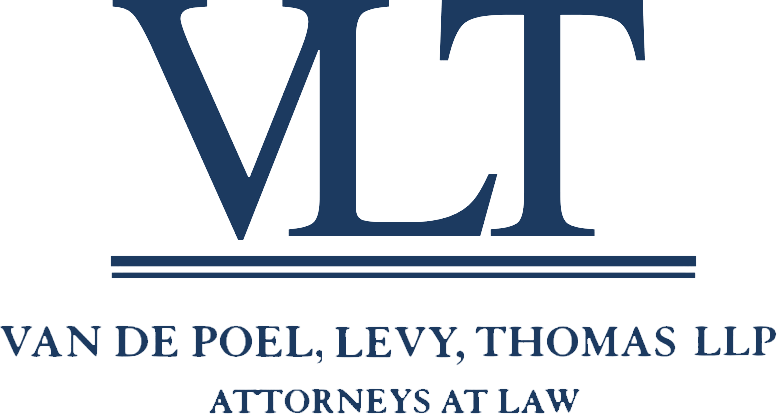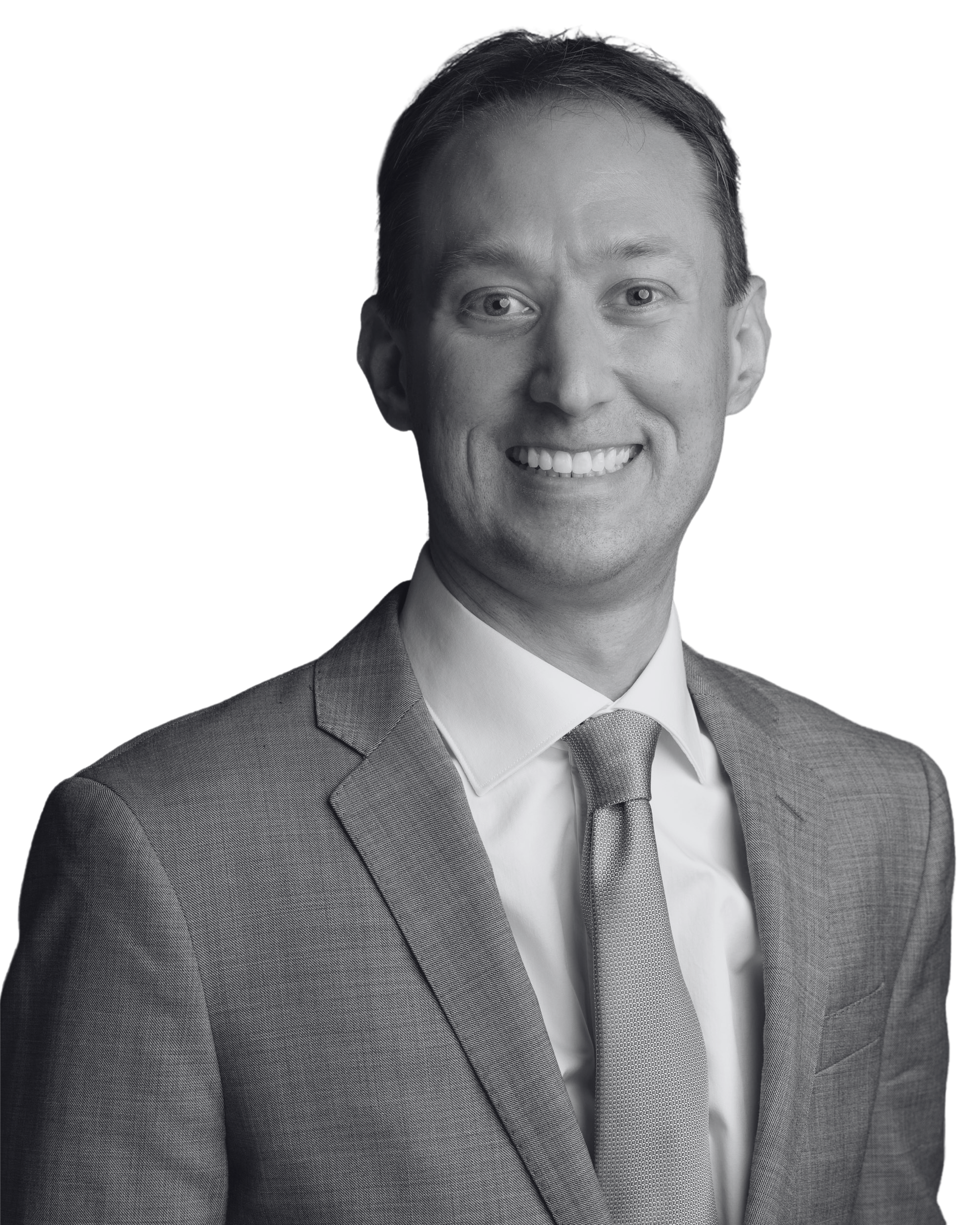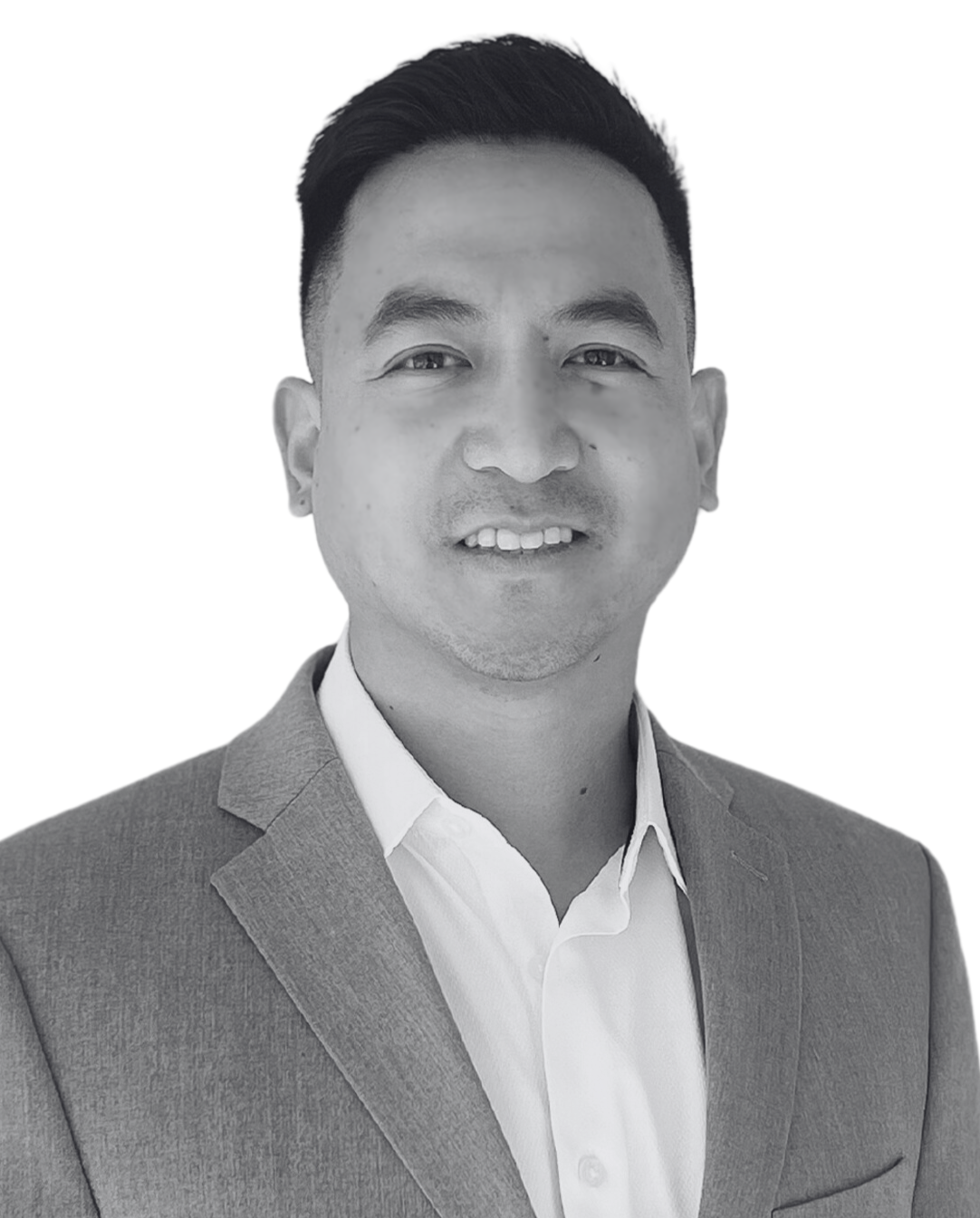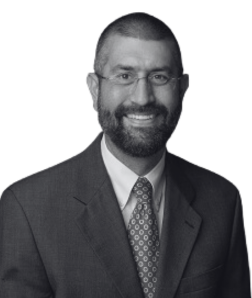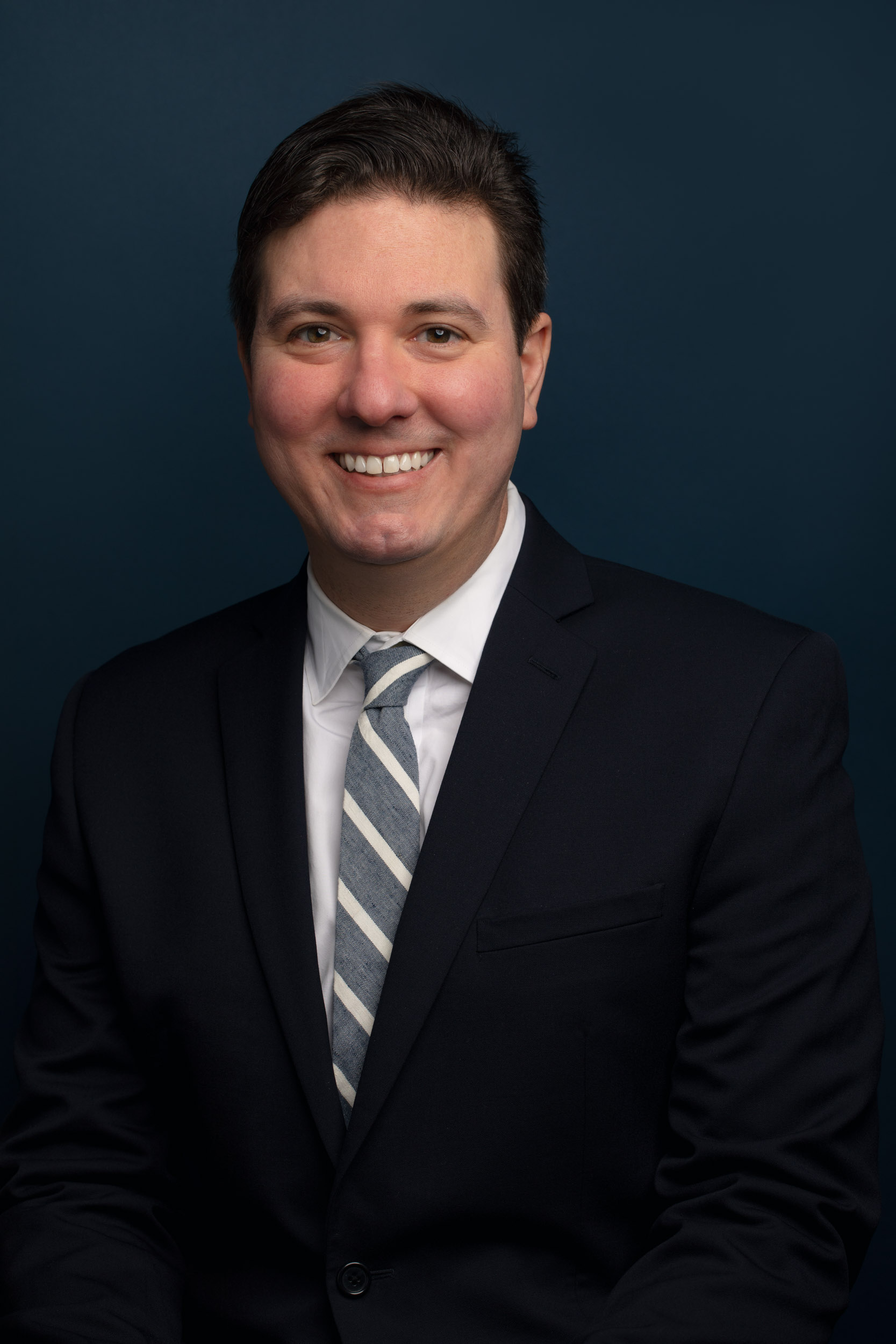Liberty Surplus Ins. Corp. v. Ledesma & Meyer Constr. Co., Inc. 18 C.D.O.S. 5462 (Supreme Court of California, June 6, 2018)
Disclaimer: This paper is an analysis of a recent case at a specific point in time. It is not intended as legal advice. It may not be updated based on subsequent court decisions.
Why this case is important:
This case resolves an open question of California insurance coverage law: whether a commercial general liability policy covers an employer for liability arising from the negligent hiring, retention and supervision of an employee who intentionally injures another person. The Supreme Court held that an employer is covered for such liability so long as the employer’s actions were a substantial factor in causing the injuries and the employer did not intend the employee to act in such a way. This case will likely be argued by some parties to apply more broadly: for example, to other forms of liability coverage, types of insureds, and causes of action.
Issue on appeal:
Did the federal district court err in interpreting California law as supporting the elimination of liability of a employer under a cause of action for negligent hiring, retention and supervision when the ultimate injury is caused by an intentional act of the employee?
Answer:
Yes. The Supreme Court, instead, interpreted California law as only cutting off the potential liability of an insured if the insured was not a substantial factor in causing the plaintiff’s injuries or the insured intended the third party to act in the manner he did. Notably, the Supreme Court seemed to, as a practical matter, conclude that when the allegations are against an employer, and constructed as a cause of action for negligent hiring, retention and supervision, and the injury is ultimately caused by an employee, the employer will, as a matter of law, always be deemed a substantial factor for purposes of causation.
Details:
Facts and Procedural Posture
Ledesma & Meyer Construction Company (“L&M”) contracted with the San Bernardino Unified School District to manage a construction project at a middle school. L&M hired Darold Hecht (“Hecht”) as an assistant superintended for the project. Hecht allegedly molested a thirteen year old at the school. One of her claims was against L&M for negligently hiring, retaining and supervising Hecht.
L&M tendered the defense to Liberty Surplus Insurance Corporation (“Liberty”). Liberty defended L&M under a reservation of rights but filed a declaratory action in federal district court seeking a judgment that it had no duty to defend L&M. The policy provided coverage for “bodily injury” caused by an “occurrence”. “Occurrence” was defined as an “accident”. Liberty argued there could be no potential covered liability for L&M because 1) the injury was caused by the intentional act of Hecht and, therefore, not an accident, and 2) the actions of L&M preceded the intentional act of Hecht and, therefore, L&M’s actions were too attenuated from the injury-causing actions to find that L&M was a legal cause of the injuries.
The district court granted summary judgment to Liberty. L&M appealed to the Ninth Circuit Court of Appeals. The Ninth Circuit certified the question of how to interpret California law on the topic to the California Supreme Court. The Supreme Court disagreed with the district court’s interpretation.
Analysis
The Supreme Court agreed with the district court that coverage could only exist if 1) the acts causing the injury were accidental, and 2) L&M was a legal cause of the injury. However, the Supreme Court held that, under California law, both elements, in contrast to the district court’s finding, potentially existed here.
On the issue of the accidental nature of Hecht’s actions, the district court found the actions were intentional because Hecht indisputably intended his actions. The Supreme Court pointed out, however, that the relevant inquiry should have been whether L&M intended Hecht’s actions. The Supreme Court rationalized that the two torts (Hecht’s sexual assault and L&M’s negligent hiring, retention and supervision) needed to be separated and L&M’s actions viewed through the lens of whether L&M, as the insured, intended Hecht’s actions. Because the actions of Hecht were unintended by L&M, they constituted an accident as to L&M.
On the issue of whether L&M legally caused the injury to the plaintiff, the Supreme Court disagreed that the acts of L&M were necessarily too attenuated from the actions of Hecht to hold L&M liable. The Supreme Court pointed out that the applicable analysis is a tort causation analysis. Under California tort law, an allegedly negligent party is a legal cause of the plaintiff’s injuries if the party is a “substantial factor” in causing the injuries. Further, the fact that the person committing the intentional tort is also a “substantial factor” and, therefore, one of the causes of the injury, does not necessarily mean they are the only cause of the injury. Rather, the negligent party may also be a legal cause of the injury. More specifically, the Supreme Court explained that, whenever the cause of action is against an employer for negligent hiring, retention and supervision, and the injury is ultimately caused by the intentional act of the employee, the employer will always be at least one of the legal causes of the plaintiff’s injuries.
State of the law now
After the Supreme Court’s ruling, the state of California’s law on the topic seems to be as follows: if an employer covered under a commercial general liability policy is alleged to be negligent in its hiring, retention and supervision of an employee who intentionally causes injury to another person, the insurer has a duty to defend the employer unless the employer intended the employee to undertake the intentional acts. Arguably, this case now stands for the further, broader proposition that if any insured, under any type of liability coverage is alleged to be negligent in any way that starts a chain of events that injures the plaintiff (i.e., is a substantial factor in causing the plaintiff’s injury), even though the plaintiff’s injuries are ultimately the result of the direct and intentional act of another person, the insurer owes the insured a duty to defend unless and until such time as no facts exist based upon which a fact finder could conclude that the insured either did not intend for the tortfeasor to act in such a manner or the insured was not a substantial factor in setting the chain of events in motion. Potential scenarios this could impact are sellers of finished goods (chemicals, power tools, guns, etc.) where the goods are eventually used in the commission of an assault or manufacturers of products like medicines where the medicine is eventually used by a patient to commit an assault.
